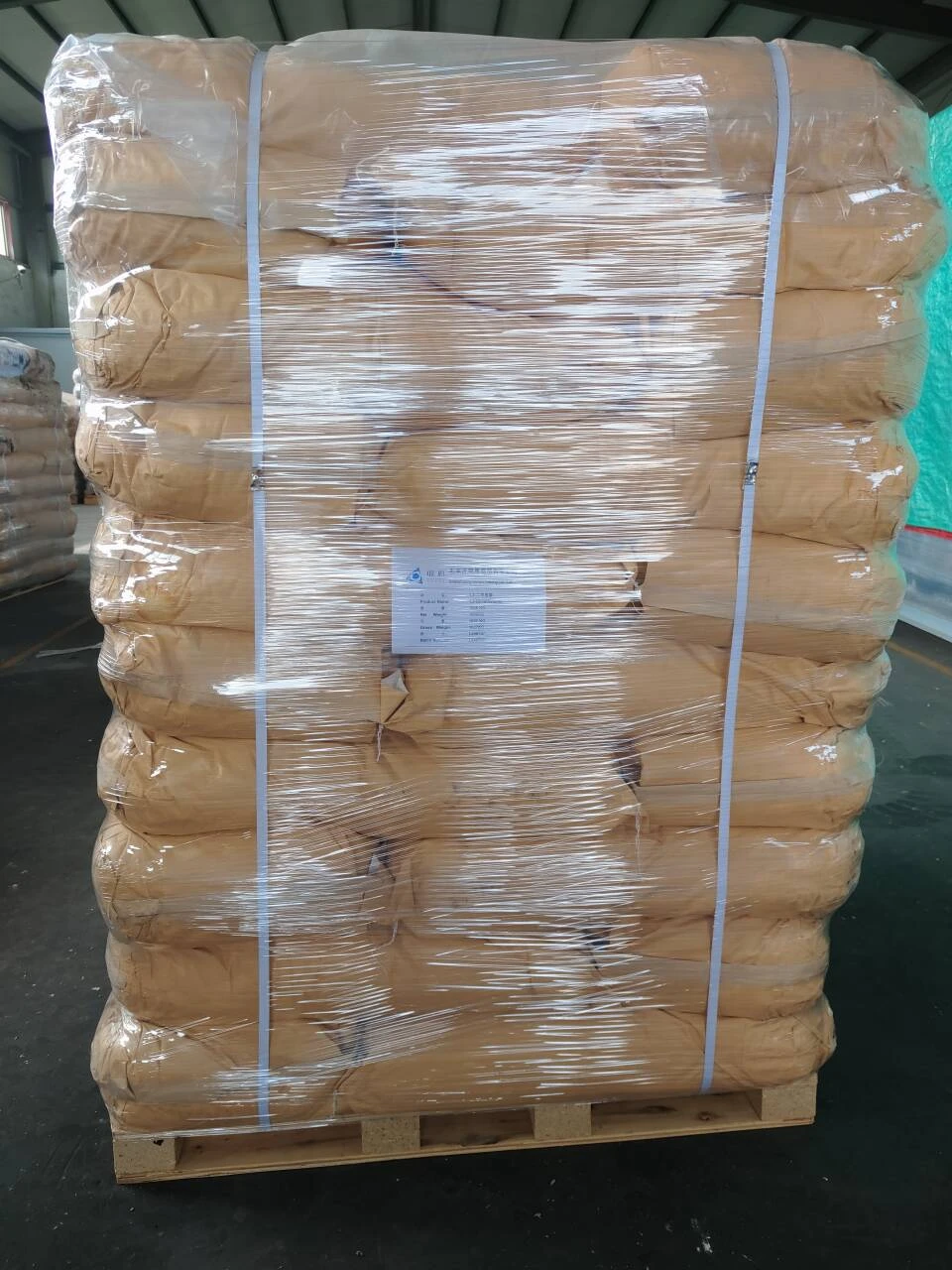Active Pharmaceutical Ingredient Manufacturing Process An Overview
The manufacturing of Active Pharmaceutical Ingredients (APIs) is a critical aspect of the pharmaceutical industry, as it directly influences the efficacy and safety of medications
. The API manufacturing process is complex, involving several stages that require precision, quality control, and regulatory compliance.The process of API manufacturing typically begins with the synthesis of the drug substance. This involves a series of chemical reactions to convert raw materials into the active compound. There are two primary methods for API synthesis synthetic organic chemistry and biotechnological methods. The choice between these methods often depends on the complexity of the target molecule.
Synthetic organic chemistry is the most common approach, involving multi-step synthesis that can include reactions such as alkylations, oxidations, and reductions. The goal is to create a pure and active form of the drug substance. This phase requires careful planning and optimization of reaction conditions to maximize yield while minimizing by-products. Quality control measures are essential during this stage, as impurities can compromise the safety and effectiveness of the final product.
On the other hand, biotechnological methods, which include fermentation and biotransformation, utilize living organisms or enzymes to produce APIs. This method is particularly advantageous for complex molecules such as proteins or monoclonal antibodies, which are difficult to synthesize chemically. Biotechnological processes often require specialized facilities and equipment but can lead to more sustainable and environmentally friendly production methods.
active pharmaceutical ingredient manufacturing process

Once the API is synthesized, the next phase is purification. This stage is vital to ensure that the active ingredient meets the strict purity criteria set by regulatory agencies such as the FDA or EMA. Techniques such as crystallization, distillation, and chromatography are commonly employed to isolate and purify the API from impurities and by-products. The purification process can significantly affect the API's solubility, stability, and bioavailability, which are crucial for its therapeutic effectiveness.
After purification, the API undergoes rigorous testing to confirm its identity, potency, and purity. This quality assurance phase includes various tests, such as high-performance liquid chromatography (HPLC), mass spectrometry, and biological assays. These tests are crucial for ensuring that the API complies with regulatory standards before it can be used in drug formulation.
Once the API has passed all quality control tests, it can then be formulated into final drug products. This phase often involves combining the API with excipients—substances that serve as the vehicle for the active ingredient. The formulation process must consider factors such as the method of administration (oral, injectable, etc.), stability, and release characteristics of the drug.
In conclusion, the manufacturing process of Active Pharmaceutical Ingredients is a multi-faceted and highly regulated endeavor. Each step, from synthesis to purification and testing, is essential in ensuring that the final product is safe and effective for patient use. As the demand for innovative therapies continues to grow, advancements in API manufacturing processes will play a pivotal role in the development of new and improved medications. The ongoing evolution of technologies and methodologies in this field promises a brighter future for pharmaceutical manufacturing.

